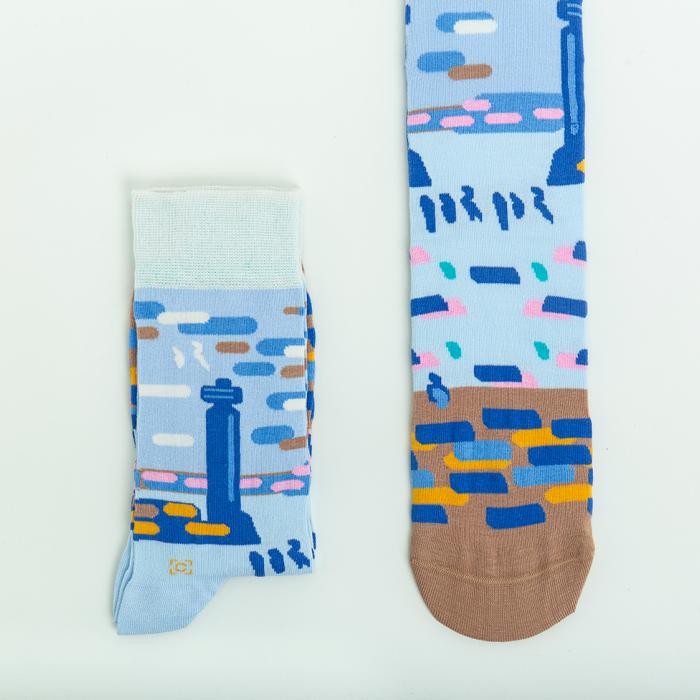A session tracing life in Britain from the Palaeolithic to the Iron Age. Find out what distinguishes each epoch and how everyday objects changed through time and space. View the Powerpoint
Visit our website for more details and teacher's resources.
Rituals and Beliefs focuses on the scene from a plaster cast taken of a stone lintel from the doorway of a temple in the city of Yaxchilan, now in modern day Mexico, and dating from 709AD.
The images depict a blood-letting ritual being performed by Lady K'ab'al Xook and her husnabd King Shield Jaguar. Lady K'ab'al Xook can be seen pulling a rope of thorns through her tongue in order to collect blood in a bowl filled with bark paper. Both figures are wearing jade and obsidian jewellery and dressed in resplendent costumes made fo fur and elaborate fabrics.
How did the ancient Maya express their identity? What objects did they use to show their power? What can archaeology tell us about Maya life? These are some of the questions we will discuss while students learn how to read a Maya monument and handle objects from Central and South America.
Ever wondered how books are made? Before the invention of electricity and printing machines, books were handmade. Each book was unique and one of a kind. The text inside was handwritten too. This activity will introduce you to the craft of bookmaking.
You will make your own book using things you have at home! You get to decide how big or small it is, choose the book covers and paper colour. It is all up to you!
To Make Your Own Book you will need:
Join artist Susie Olczak for an online arts and crafts workshop inspired by Ancient Greek and Roman statues. Susie will be showing you how to create art from cardboard and household materials live from the Museum of Classical Archaeology.
About the Session
This set of activities focusses on women in STEM, using objects from the Whipple Museum to explore:
Caroline Herschel and Maggie Aderin-Pocock (astronomy)
Hertha Ayrton (engineering)
Ida Freund (chemistry)
Marjory Stevenson (microbiology)
Rosalind Franklin and Deborah Ruffunduo (microscopy)
Duration: Can be booked as:
A 90-minute session in the museum- please note that our maximum group size is 45 due to the small size of the museum.
or
Find out more about the objects and habits that the Romans introduced to Britain.
In this activity you can find out about "Romanisation", the process through which Britain became more Roman.
Learn more about the niece of the Emperor Augustus, Antonia Minor. Using useful prompts and a planner, imagine a day in her life.
Which emperor's statue was thrown into a river in England? Which Roman invaded Britain first? Which emperor loved to sing? Find out in this activity.
See busts of Julius Caesar, Claudius, Nero and Hadrian from the Museum's collection and find out more about each one. Discover how they are connected to the history of Britain, and complete the activities to learn more.
Which combination of heroes' qualities would you choose? Perhaps the strength of Hercules with the inventiveness of Daedalus?
Learn about mythical heroes and gods then follow the instructions to create your own heroes and heroines.

